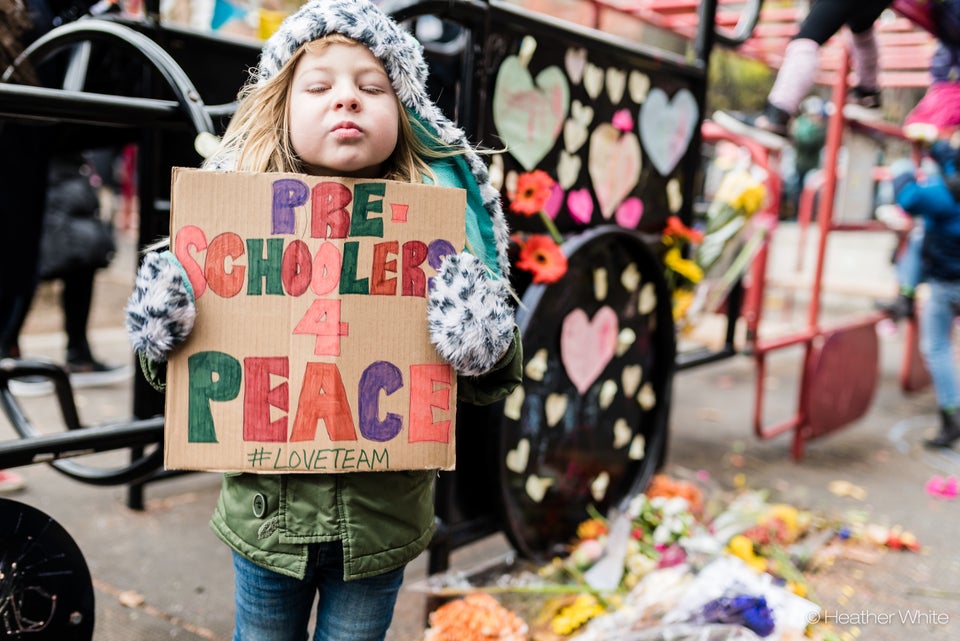This hoax has become all too real.
One or more people are calling in bomb threats to Jewish community centers across the country. The calls have come in waves: Centers in multiple states received at least 16 threats on Jan. 9, more than two dozen on Jan. 18, a handful on Jan. 31 and another 11 got similar calls on Feb. 20. The list is growing.
Police haven’t found any evidence that the threats are serious, but the sheer volume of them has left Jewish leaders and local authorities facing a difficult and terrifying dilemma.
On one hand, the Jewish Community Center Association ― which oversees most of the centers affected ― doesn’t want to cause panic by sounding the alarm over a hoax. On the other hand, local police are exhausting their resources searching buildings for bombs that don’t exist, the FBI hasn’t yet identified any suspects and Jewish leaders are undergoing trainings to prepare for the next wave of threats.
The FBI won’t comment on the investigation it launched on Jan. 18 after the second wave of threatening calls. It’s unclear how close agents are to narrowing in on a suspect or how long Jewish centers can expect to grapple with an unknown enemy.
But there are clues hidden in the chaos. The Huffington Post reached out to experts to break down the anatomy of a bomb threat and understand why it’s so difficult to track down a suspect.
What do the bomb threats sound like?
We don’t know how many people are behind the threatening calls or whether they are part of a coordinated effort, but the Jewish Telegraphic Agency obtained a recording of a call made during the Jan. 18 wave that matches the description of others around the country.
The JTA declined to identify which center received the disturbing call, which can be heard below:
In the recording, a voice says: “It’s a C-4 bomb with a lot of shrapnel, surrounded by a bag (inaudible). In a short time, a large number of Jews are going to be slaughtered. Their heads are going to be blown off from the shrapnel. There’s a lot of shrapnel. There’s going to be a bloodbath that’s going to take place in a short time. I think I told you enough. I must go.”
Previously, officials said that at least some of the calls featured a voice disguised by a pitch-changing program that sounds female and could be a recording (or “robocall”).
Kent Gibson, a freelance forensic audio analyst who works with authorities in the Los Angeles area, was able to elaborate.
After a quick analysis of the recording, Gibson said the caller was likely male, possibly with an accent from Brooklyn or the surrounding New York area, and used a downloadable application to disguise his or her voice. It’s unclear whether the call was recorded or made live.
“It’s interesting that this person never mentions the name of an establishment ― you could use that recording anywhere,” Gibson said. “If somebody had a beef with a particular center, they would probably say, ‘I’m gonna blow up this center on this date.’”
Gibson’s analysis hasn’t been verified by police, but it provides a window into an otherwise opaque investigation.
What different things do investigators consider?
After a bomb threat, investigators first identify whether the threat is credible, according to Tod Burke, a professor of Criminal Justice at Radford University and a former Maryland police officer.
None of the calls made to Jewish community centers have been deemed “credible” so far, but that doesn’t necessarily mean they’re lower on the FBI’s priority list, he said. Investigating a serial hoaxer is a balancing act.
“If you put it on the shelf, you’re allowing it to keep going and encouraging people to continue with their anti-Semitic rants … and threats,” he said. “But the longer this goes on, the more problematic it becomes because you’re also using resources to investigate.”
Just like the JCCA, Burke also worries about copycats and the idea that a suspect can use panic to garner more attention.
How do authorities find a suspect?
It’s difficult, but far from impossible, to identify an anonymous caller. Cell phones and internet-connected calls can make it harder to track a phone number, so good old fashioned police work is still your best bet, Burke said.
Authorities will be looking at the length of each call and what time zone it likely came from, and will dig for clues like accents or background noise. They’ll seek out disgruntled employees or other motives for the crime. They can also delay an arrest to surveil a suspect and see if they’re working with anyone else.
Some suspects are just easier to nail down than others.
Late last year, a man named Norman Lamar Truss allegedly sent an email to a news station claiming that bombs would go off in county courthouses surrounding Houston. The Precinct 1 Constable’s Office immediately used Truss’ IP address to track him down, noting that “the criminals weren’t too bright” for using email. Truss was eventually charged with marijuana possession and may yet be charged with terroristic threats, an office spokesman told HuffPost.
It’s hard to imagine that authorities aren’t close to arresting someone for the bomb threats, given how many calls were made. But callers like these can slip through the cracks.
Police have yet to identify a suspect who was sending threatening letters to U.S. mosques late last year, for example, even after the Los Angeles Police Department said it was “days away” from tracking down a culprit in December. The LAPD didn’t immediately return calls for comment on Friday.

